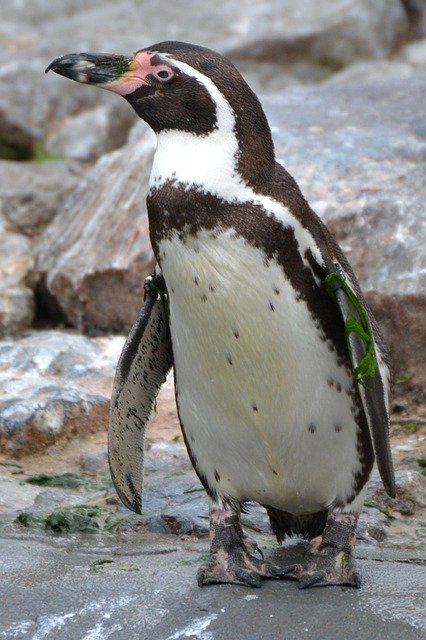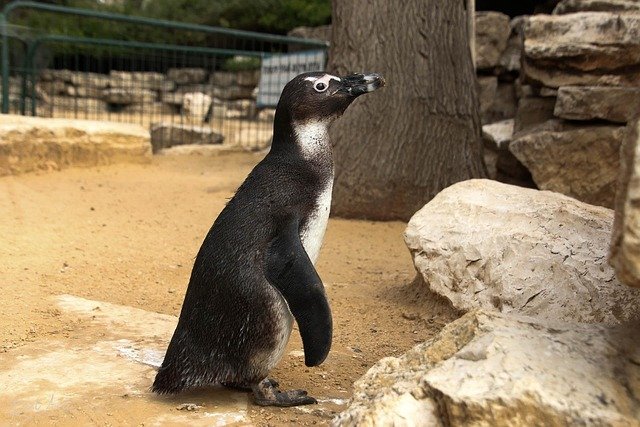**Title: "The Social Lives of Penguins: Understanding Their Complex Communities"** **Post Overview:

The Social Lives of Penguins: Understanding Their Complex Communities
Penguins are often seen as adorable, waddling birds that thrive in some of the harshest environments on Earth. However, beneath their charming exterior lies a complex social structure that is both fascinating and essential for their survival. In this post, we will explore the intricate social lives of penguins, examining their communities, communication methods, and social behaviors.
The Importance of Community
Penguins are highly social animals that live in colonies, sometimes numbering in the thousands. These colonies provide several benefits:
Protection from Predators: Living in large groups helps penguins deter predators such as seals and birds of prey. The sheer number of individuals makes it difficult for predators to single out one bird.
Cooperative Breeding: Many penguin species engage in cooperative breeding, where individuals other than the parents help care for the young. This increases the survival rate of chicks in a challenging environment.
Resource Sharing: Penguins often work together to find food. By foraging in groups, they can increase their chances of locating schools of fish or krill.
Communication and Social Interaction
Penguins have developed a variety of vocalizations and body language to communicate with one another. Some key aspects include:
Vocal Calls: Each species of penguin has its own unique calls, which they use to identify each other and maintain group cohesion. During breeding season, these calls become even more crucial for mates to find one another among the bustling colony.
Physical Displays: Penguins engage in various physical displays, such as bowing, flapping their wings, or preening, to reinforce social bonds and establish dominance.
Social Grooming: Penguins often engage in mutual preening, which helps strengthen social ties and maintain feather condition, crucial for insulation and buoyancy.
Hierarchical Structures
Within penguin colonies, social hierarchies can form. Dominance hierarchies help reduce conflict over resources such as food and nesting sites. Factors influencing social rank may include:
Age and Experience: Older, more experienced penguins often hold higher ranks and have better access to resources.
Aggression: More aggressive individuals may assert dominance over others, securing better nesting spots or access to food.
The Role of Parental Care
Parenting is a significant aspect of penguin social life. Most penguin species exhibit monogamous behavior during the breeding season, forming strong bonds with their partners. Parental care involves:
Shared Responsibilities: Both parents typically share the duties of incubating eggs and feeding chicks, which fosters a collaborative environment.
Chick Recognition: Parents can recognize their chicks by their unique vocalizations and markings, allowing them to locate their young in crowded colonies.
Conclusion
The social lives of penguins are rich and complex, driven by the need for cooperation and communication in the face of environmental challenges. By studying their communities, we gain valuable insights into their behaviors and the importance of social structures in the animal kingdom. As we continue to learn about these remarkable birds, we can better appreciate the intricate dynamics that sustain their populations and the ecosystems they inhabit.
Feel free to share your thoughts or experiences with penguins in the comments below! 🐧✨

Upvoted! Thank you for supporting witness @jswit.